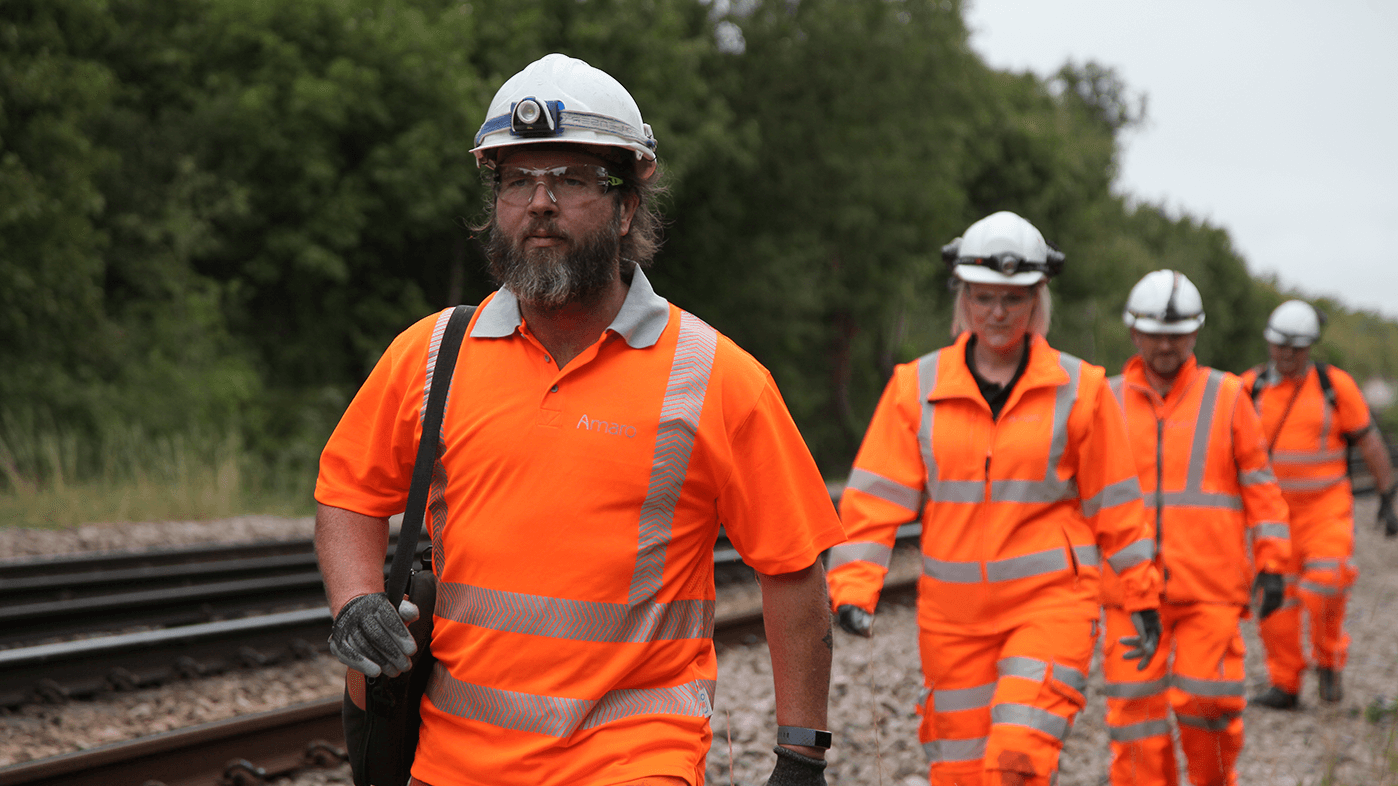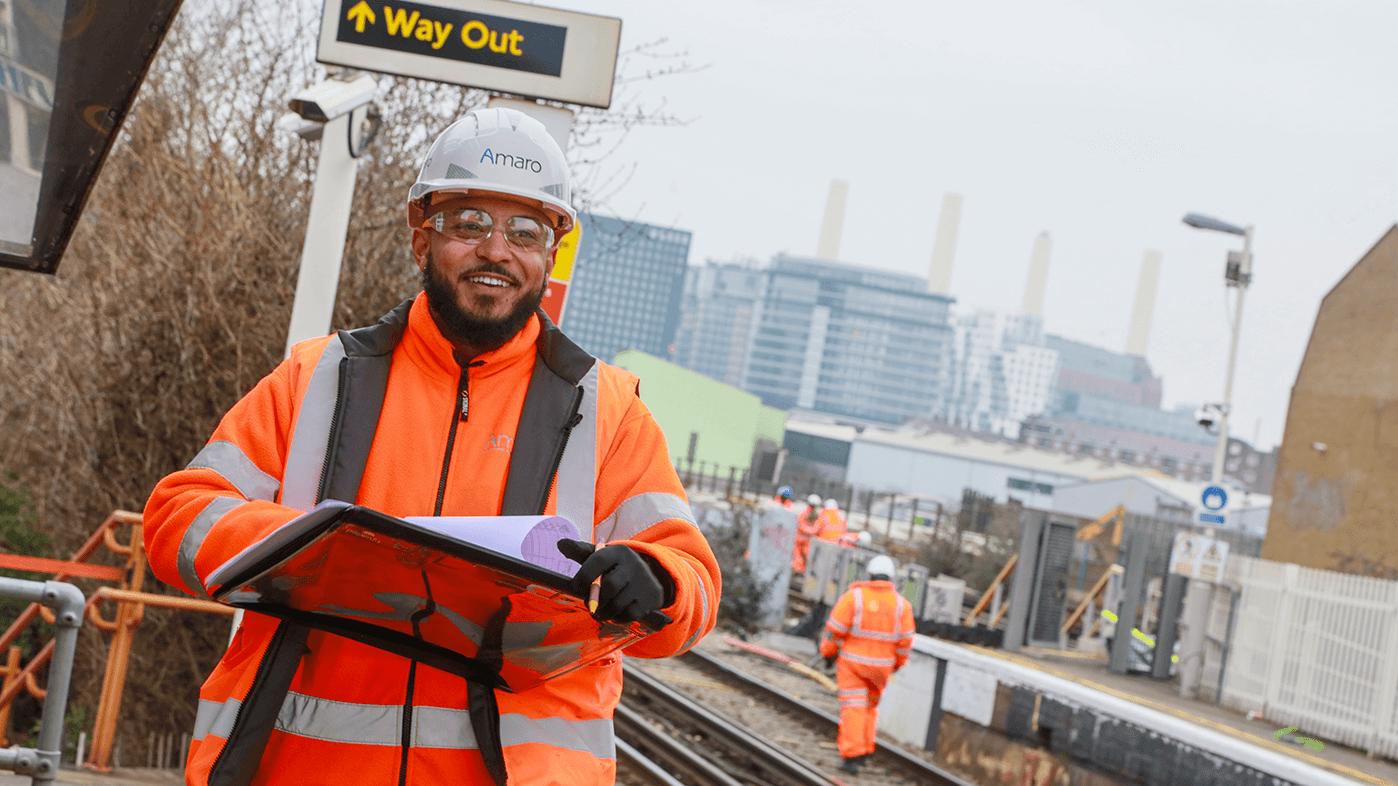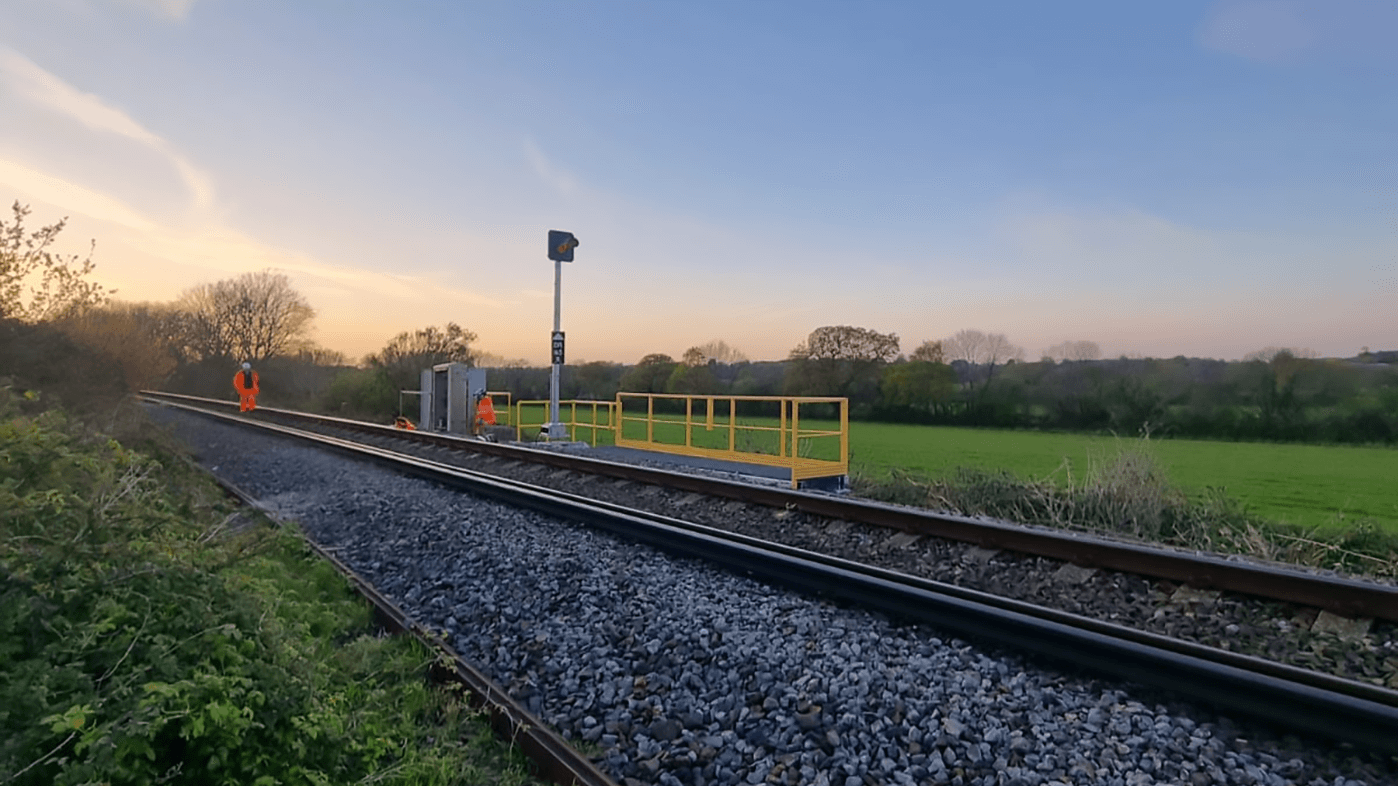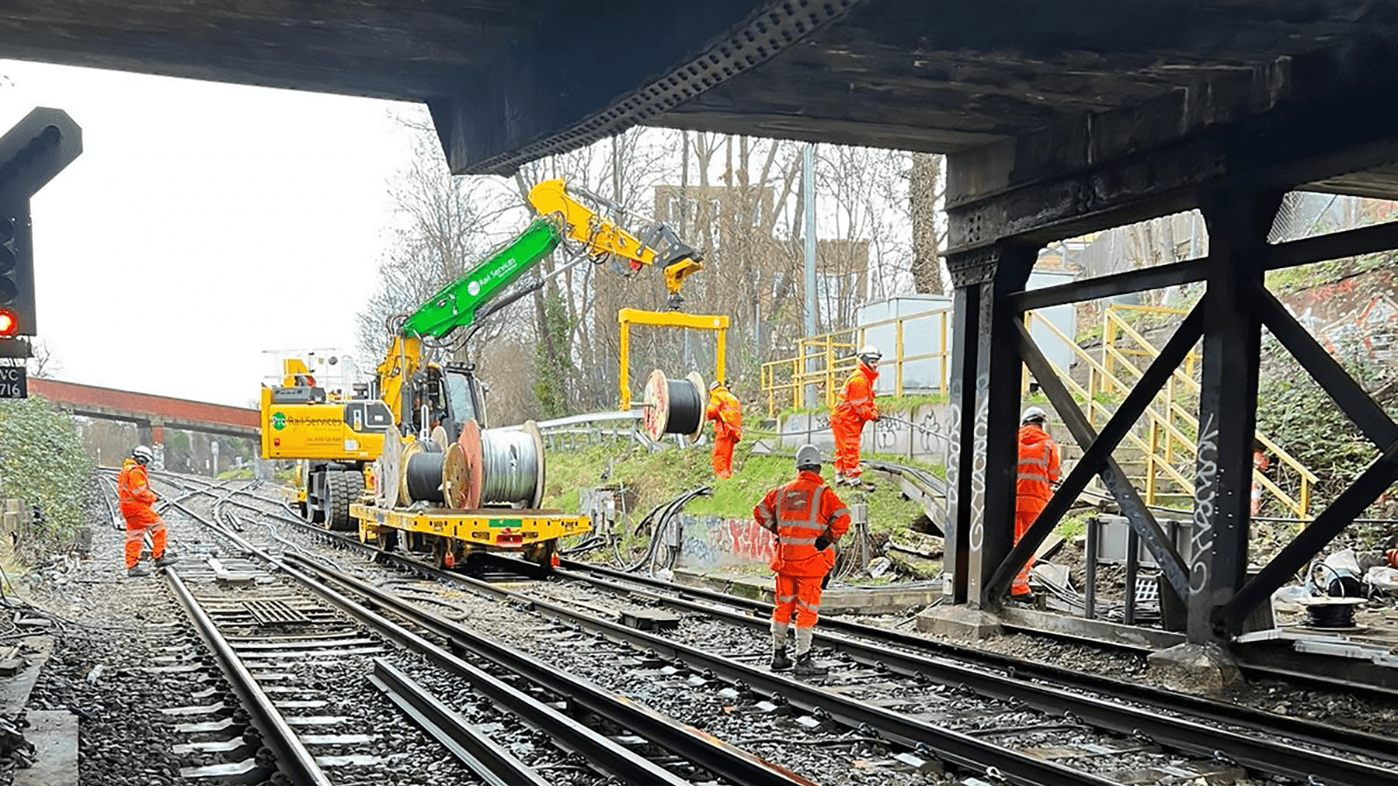The challenge
As demand upon the network around London’s Victoria station has increased, the aging signalling infrastructure in the area has come under significant pressure.
Originally installed during the 1980s, unreliability and a subsequent rise in maintenance costs rendered this outdated system obsolete, leading to a major programme of modernisation under Network Rail’s London Victoria Re-Signalling Project.
As part of these works, a number of sets of points were earmarked for replacement.
The solution
Falling under Network Rail’s Minor Signalling Framework, Amaro was awarded a contract to deliver what was a truly multi-disciplinary project. Not only were our signalling and power teams tasked with the design, installation, testing, and commissioning works relating to the removal and upgrade of the points, they were also asked to complete all associated p-way and E&P works, including the installation and modification of points heating equipment.
Forming part of Phase 5 of Alstom’s VIC5 project – and covering the area around Victoria, Battersea, Stewarts Lane, and Wandsworth Road – 28 sets of RCPL (Rail Clamp Point Lock) POE, and HW1000 POE points were identified as requiring conversion to the latest POE technology in order to:
- Improve reliability and rail user experience
- Reduce the future maintenance requirements of the S&C
- Provide future enablement and compatibility for the VIC5 scheme
Due to the change from pump unit to point machine operating equipment – and vice versa in one instance – additional wiring (control and drive) alterations were required to facilitate these renewals.
Supported by a specialist p-way contractor, and where converting from clamplocks to more modern equivalents, the existing sleepers were replaced with extended bearers in order to provide suitable mounting points for the larger HW machines, with extensive re-plating taking place to limit lateral movement, and reduce the chance for wear and failures. A programme of regauging also took place, with the p-way operatives adjusting the tolerance between the rails to ensure that the new HW machines could be installed, tested, and commissioned within the required tolerance.
So far, 25 out of the 28 points machines have been replaced with state-of-the-art equivalents, with week 7 alone seeing our team commission 4 complete sets of points in a single, intense weekend, before supporting Network Rail with the installation of a further half set.
Based on our progress to date, the final 3 are expected to be commissioned during week 16 (14th July 2024) with all site works complete and all relevant documentation submitted to the client.
Whilst works have progressed smoothly and in line with the client’s expectations, various challenges relating to access and deconfliction, not to mention the condition of the existing infrastructure, have been dealt with efficiently and collaboratively, helping to keep disruption and programme slippage to an absolute minimum.
This case study will be updated following project completion.




